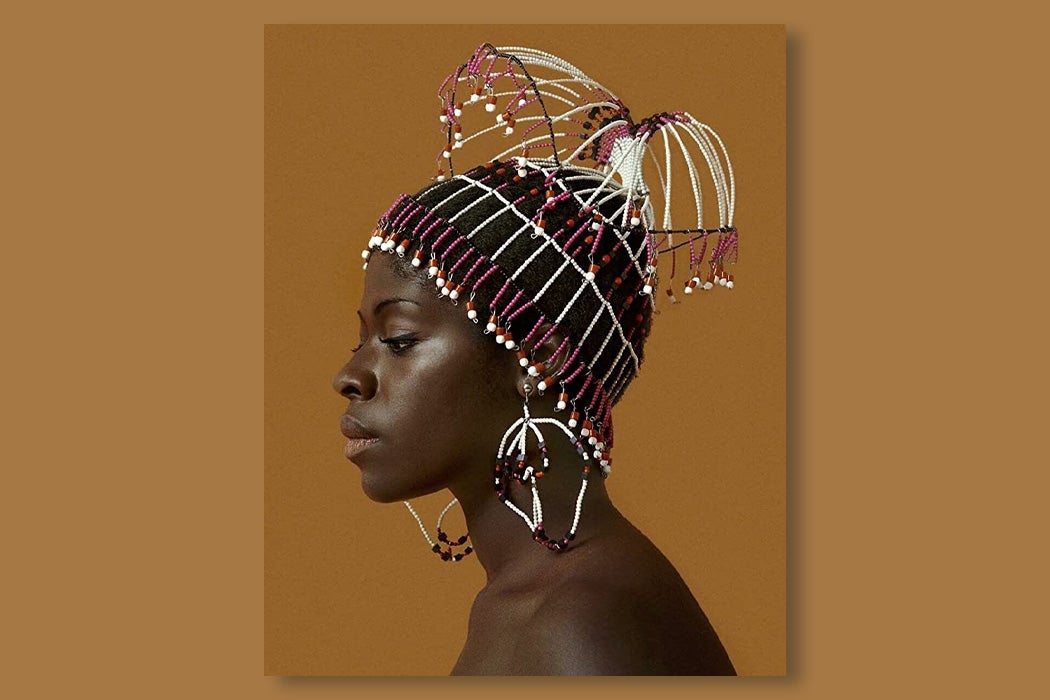Jazz is, of course, an aural art. Whether needle to record or “play” pressed on a screen, the sounds come alive. But that’s not all jazz is. As literature scholar Robert G. O’Meally writes, “it has become something of a commonplace that jazz music has influenced visual art—and doubtless the other way around.” On April 1, 2023, the art world lost Kwame Brathwaite, a photographer whose work was infused with and inspired by the music. “You want to get the feeling, the mood that you’re experiencing when they’re playing. That’s the thing. You want to capture that,” he told historian Tanisha C. Ford.
Jazz was always a draw for Brathwaite. Born in New York City in 1938, he, along with some of his high school friends, formed the African Jazz-Art Society and Studios (AJASS), an artists’ collective of writers, dancers, and visual artists. They were committed to social progress for Black people. They’d heard the calls from activists urging empowerment and freedom, and they wanted to be a part of it.
“We weren’t fond of just being colored folks, being under the yoke of anybody,” Brathwaite told Ford.
The group also hosted jazz shows in the Bronx. It was at one of these shows that Brathwaite saw a friend taking pictures in the dim light of the club. He wanted to know how—without a flash or additional light—he captured these images. His friend had professional equipment, and if that’s what it took, that’s what Brathwaite would get, too. As Ford writes, “Jazz set the rhythm for his photography, which became central to his artistic approach.”
Ford explains, “He used his earnings from the jazz shows to buy a professional camera and devoured every photography book he could find.” Most of his early photos were taken at from jazz clubs, of “jazzmen on their horns, spectators enthralled by the music.” His work with the musicians also allowed him access to them in their quiet moments.
“I’d go to [John] Coltrane’s house at times,” he told Ford. “He would be playing the soprano sax in his kitchen with his T-shirt on. I got some shots.”
These moments offered a glimpse of Black life. But this was also a time when Jim Crow had seared ugly lines across the nation. The country was a battleground as people fought for their rights. And photographers were on the front lines, their work a powerful tool in the fight, Ford writes.
“Photography was the insurgent technology through which everyday people and professional photo journalists alike captured the wild violence of police billy clubs and the quiet threat of ‘Whites only’ signs in shop windows from downtown Manhattan to Montgomery, Alabama.”
But there was still beauty in that ugliness. And Brathwaite saw it.
In late 1963, Brathwaite and his brother and AJASS co-founder, Elombe Brath, created “Black is Beautiful.”
“They began using ‘Black is beautiful’ and other slogans such as ‘Think black’ and ‘Buy black’ on event flyers and other ephemera,” Ford writes. Realizing that beauty standards affected women more harshly, the group founded Grandassa models, a company they hoped would “make the women feel proud of their hair, proud of their blackness,” Brathwaite said.
The models “had deep chocolate skin, full lips and noses, and wore their hair in ‘natural’ styles that highlighted their kinky textures,” Ford writes. The Grandassa women were challenging beauty norms in ways that felt revolutionary.
Weekly Newsletter
Grandassa later rented space in Harlem next to the Apollo Theater where they “produced ‘Black is beautiful’ ephemera—as well as several Blue Note Records album covers—and charged a sitting fee to photograph local women and men.” What started as a group of high schoolers finding their way in the world became a thriving business.
Brathwaite became an in-demand photographer. He and his brother both became more involved in the pan-African movement, and traveled the African continent working with local activists. Over time the Grandassa work slowed, but “Black is Beautiful” moved without them, becoming a popular slogan for a host of products. And though the slogan became dissociated from them, they’d made “black nationalism artful and accessible to everyday black folk,” Ford writes.
Support JSTOR Daily! Join our new membership program on Patreon today.







